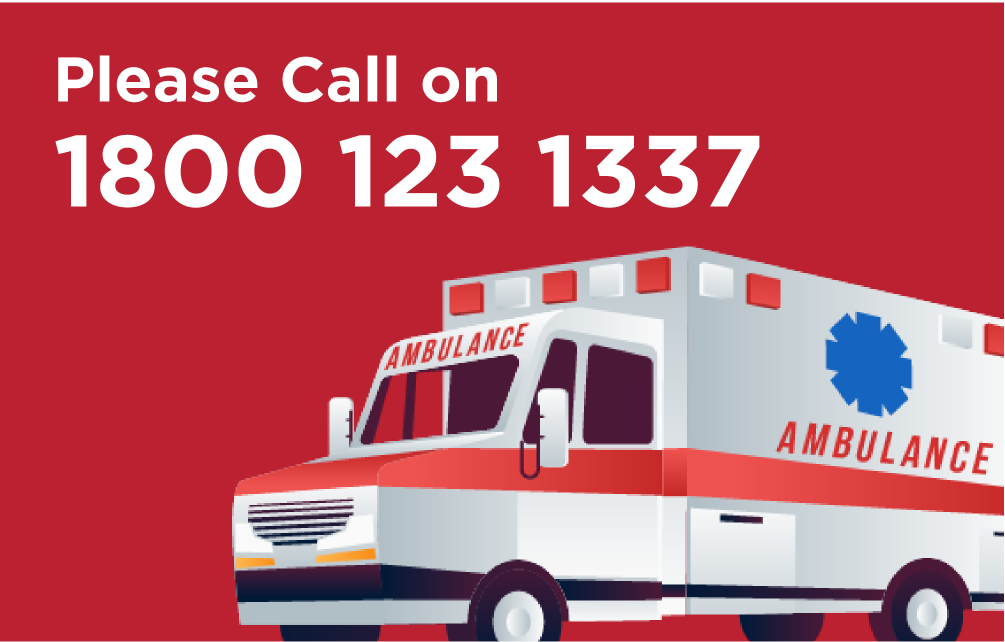
Anaesthesia is a treatment that protects the patient from feeling pain during a complex procedure or surgery. The medication used for this process is known as anaesthetics and different kinds of anaesthesia can be classified based on the impact they have on a patient’s body. Some anaesthetics induce painlessness in only a particular part of the body while there are others numb the brain to induce sleep during surgeries. Anaesthesia temporarily blocks the pain signals transmitted from nerves to the brain. Doing so sends the patient into a state of numbness for the duration of the treatment.
What is Anaesthesia/Anaesthesiology?
Anaesthesiology refers to the medical speciality that deals with the scope and treatment done using anaesthetics. Super speciality hospitals have a dedicated team of anaesthesiologists overseeing these procedures to ensure safe treatment. For performing simple procedures like tooth extraction, the anaesthesiologist uses local anaesthetics that numb the pain in the specific area to comfort the patient. Complex and more invasive procedures like critical surgeries involve physical anaesthesiologists administering the agents into your body. The kind of anaesthesia used for each procedure varies depending on the type of treatment and condition of the patient. Some of the different methods are:
- Gas Anaesthesia
- Intravenous Injections and shots
- Liquids or sprays applied externally
Before taking any kind of anaesthetics, the doctors administering it must be informed about all kinds of medications taken by you. This is done to ensure safe interaction between your ongoing medication and anaesthesia. In addition to this, food and drinks must not be consumed at least 8 hours before taking anaesthesia unless advised otherwise by doctors.
Types of Anaesthesia
Anaesthesia provided by your healthcare provider varies depending on the type of treatment and the severity of cases. Here are some common types of anaesthesia used:
- Local Anaesthesia: This option is mainly used for numbing pain in a particular spot of the body. Local anaesthesia is widely used in treatments like cataracts, dental procedures, and skin treatments
- Regional Anaesthesia: This is an option used to induce numbness in the larger areas of the body. This can be administered in specific areas like below the knee, below the chest, etc. Regional anaesthesia is primarily used for knee surgeries, cesarean sections, hand surgeries, etc. The patients are usually awake during these procedures but don’t feel pain in the parts being operated upon
- General Anaesthesia: This procedure makes the patient completely unconscious and immune to any kind of sensations. The patient is asleep during the entire procedure. General Anaesthesia is used for major procedures like heart operations, brain surgeries, etc.
Risks of Anaesthesia and its Side Effects
Anaesthesia is a completely safe procedure and doctors at several super speciality hospitals are well equipped to handle the process safely. The side effects of anaesthesia are temporary and stay with a patient for just 24 hours. These include:
- Low body temperature
- Difficulty in urination
- Fatigue
- Headache
- Sore throat
- Nausea and vomiting
Millions of patients are safely administered anaesthesia every year. Despite these precautions, some extremely rare cases face certain complications such as:
- Malignant Hyperthermia: Patients who suffer from these conditions experience reactions to anaesthesia such as fever and nerve contractions during treatment. This is why it is vital to disclose your entire medical history to the doctors so that the procedure can be performed safely.
- Postoperative Complications: It is common for some older people to face complications after the procedure. This condition causes confusion and memory loss for a while. This condition is also known as postoperative cognitive dysfunction.
- Nerve damage: This is an extremely rare after-effect where some patients face nerve damage causing temporary numbness and weakness. Some patients also face slight neuropathic pain and it might go away with time.
Anaesthesia is an extremely safe procedure and has made several medical procedures pain-free much to the relief of the patient. Anaesthesia has widespread applications in the medical field and has been in use for more than a century. The first successful administration of anaesthesia was done on 16th October 1846 and it stands as a milestone in medical history. To commemorate this day, 16th October is marked as World Anaesthesia Day.

 Call-an-Ambulance
Call-an-Ambulance



